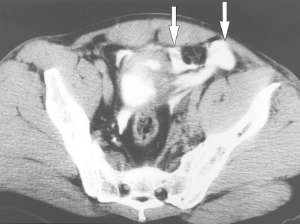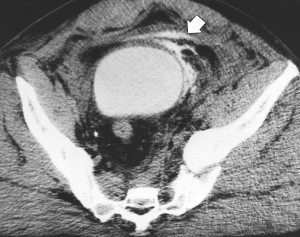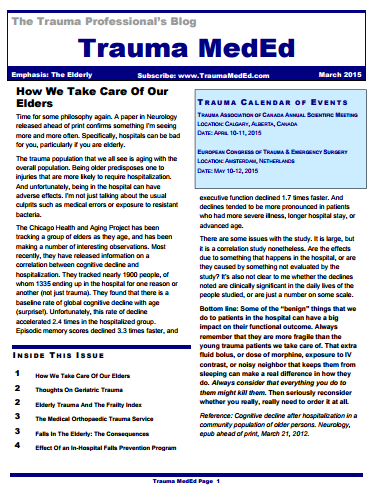Although penetrating injuries are a relatively uncommon mechanism at most trauma centers, they are more likely than not to injure deeper structures. Key decisions need to be made quickly during the initial evaluation in order to provide the best care.
Here are some practical tips:
- Penetrating injuries to just about anything but the extremities should activate your trauma team.
- If your patient is hypotensive, they will need to go to the OR. You can certainly start infusing some fluid or blood, but a lot leaked out before they got to you, indicating that the leak needs to be surgically fixed. No exceptions.
- All hypotensive patients require activation of your massive transfusion protocol and consideration of giving tranexamic acid (TXA).
- If your patient is normotensive, you have the luxury of evaluating them more thoroughly. But don’t lose your sense of urgency. Assume they are dying until you prove otherwise.
- Complete your secondary survey. Don’t skimp on the exam and always look at the back. If your patient ends up on an OR table, it may be the only time you get to look at it for quite some time.
- Get a single x-ray of the affected area, even if you need to go to the OR quickly. This can help plan your operation, and may drive you to explore areas you had not considered.
- Before shooting the x-ray, mark any and all entry and exit points. This will help to predict the trajectory and any injured structures.
- Use small markers, but not too small. Most radiology departments have small arrows, which are ideal. Dots are too small and may not show up well on plain images. But be aware that some markers may be too dense for CT, causing artifacts that may obscure pathology.
- Watch out for your own safety! Somebody was trying to kill your patient, and they may show up at your hospital to try to finish the job. Make sure your ED and inpatient areas take appropriate security precautions.




